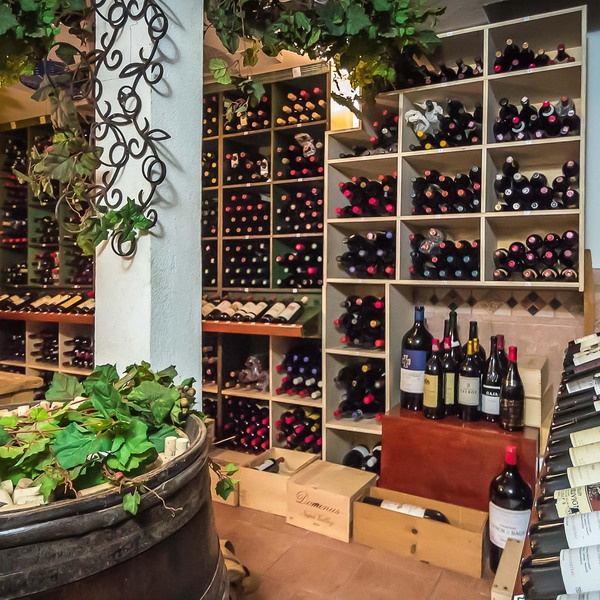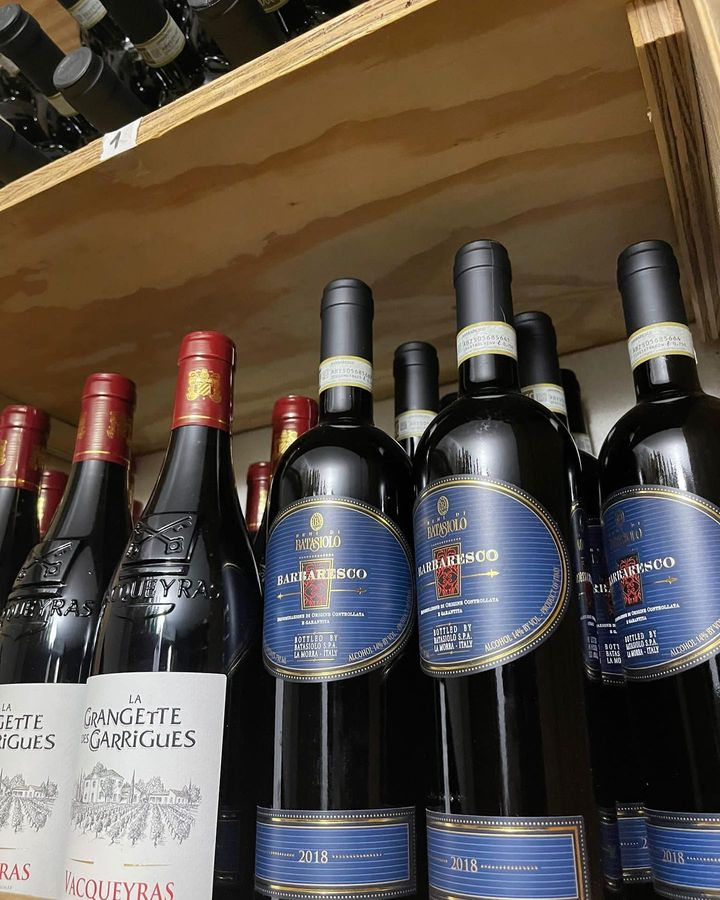

In the world of red wines, decoding goes far beyond just the color in your glass. The hue of red wine is a fascinating canvas painted by grape skins, and it reveals a spectrum of shades, each with its unique character. Whether it's the rich, opaque intensity of Cabernet Sauvignon (a grape variety), the dark and enigmatic allure of Syrah (a grape variety), the delicate and translucent elegance of Pinot Noir, or the nuanced charm of Merlot, the color of red wine is a story in itself.
But it doesn't stop there. The subtle variations in rim color, akin to turning the pages of a book, offer insights into a wine's age and character. From the youthful crimson of Cabernet to the deep purple-black of Syrah and the pale, evolving beauty of Pinot Noir to the distinctive brick-red rim of Merlot, the rim provides a glimpse into a wine's journey through time.
Red wine is often referred to as the elixir of the gods, a beverage that transcends time and borders. But what lies beneath its crimson surface? Red wines have a lot of secrets that people rarely know about. It would be very interesting to know more about its color density, taste, health benefits, and some other factors.
In this article, we will embark on a journey to decode the nuances of red wines, explore their captivating variations, and unveil the magic of Cayman's own winery.

There is a lot that can be learned about a red wine from its appearance, even beyond its color, and yet most drinkers barely acknowledge this aspect. It’s one of the rare instances where looks don’t seem to count very much. Let’s decode the essence of red wines.
Pure grape juice is naturally clear, so red wines gain their color from the grape skin. The longer the skins come in touch with the juice throughout the winemaking process, the deeper and more sharp the color will be. A red wine made from tannin-rich grapes, such as Cabernet or Syrah, will be opaque and richly colored, but a red wine made from thin-skinned, less-tannic grapes, such as Pinot Noir, will be considerably more transparent.
The most basic fact about red wine is, of course, its color. But here at the Wharf, the finest waterfront restaurant in Grand Cayman, we know that red wine, like a shade of red paint or lipstick, isn’t just ‘red.’ In wine, there are hundreds of synonyms for the color red, including crimson, blood, ruby, garnet, cherry, damask, beetroot, coral, and a host of other subtle shades.
Color, even subconsciously, affects the way we think about wine.
In a 2001 study, a Ph.D. candidate at the University of Bordeaux dyed a white wine red and gave it to 54 wine science students. They were completely fooled and unanimously described the dyed white wine the same way they would a red wine. The research, later published in the journal Brain and Language, demonstrated that visual cues can effectively override our senses of taste and smell (which are essentially the same thing).
Of the countless varieties of red grapes, a mere handful make up most of the reds we often drink, with Pinot Noir, Shiraz, Cabernet Sauvignon, and Merlot leading the pack. The Wharf is home to the best wine collections in the Cayman Islands. We have an extensive choice of these popular varieties from our stock of nearly 900 wines from all over the world, guaranteeing our sommelier can suggest the perfect accompaniment to any meal.
One can discern a lot from the rim of a red wine glass. The small variations in color at the rim tell a story of a wine's age and character. It's akin to peering into a book's prologue before delving into its chapters.
A cabernet will lighten with age, from crimson to brick to a reddish-orange. As wines age, their color density decreases, and the variation between the center and rim color becomes greater, showing more orange, sometimes brown. Fine reds generally take longer (10-12 years) to take on old wine characteristics, with Merlot and Pinot Noir changing the fastest. Wines also take longer to age in larger bottles because of the ratio of air to wine in the bottle. Color can also be an indicator of age.
The spectrum of red wines is vast, ranging from bold and robust to subtle and elegant. Each variety has its own unique character.
Cabernet Sauvignon: Cabernet is near opaque. A young one will have a dark ruby in the center with a magenta-tinged edge. Cabernet does not stain orange at a young age and takes a long time to develop the look of older wine. Variations in color intensity are affected by climate. In cooler growing areas, cabernet sauvignon is paler and contains less pigment.
Syrah or Shiraz: The appearance of Syrah or Shiraz is very opaque. These wines have very little rim variation and, at a young age, have an opaque purple-black center while being magenta on the very edge.
Pinot Noir or Burgundy: Pinot Noir is one of the palest red wines, with good clarity and pale red berry colors. It’s one of the most identifiable wines due to its pale, translucent color. As pinot noir ages, it becomes more brick-like in color. A very aged pinot will be orange and brown-tinged, tending to be weaker and paler.
Merlot: They tend to be lighter in color than cabernet sauvignon but also have slightly orange tones on the rim, a special indicator you can almost always pick out on a younger wine. In blind tastings of fine merlots, where the density of the wine is almost indistinguishable from a fine cabernet sauvignon, the indicator is in the brick-red rim.
Cayman's pristine beauty extends to its vineyards, where the warm Caribbean climate imparts a unique twist to red wines.
The local dining experience is one of the key reasons for the red wines’ popularity in the Cayman Islands. The variety of red wines offered at the Wharf are cultivated by unique and lesser-known growers, as well as established producers.
When it comes to the world of wines, red wines hold a special place, captivating the senses with their complex flavors and rich history. Red wines are more than just a drink. It is a fascinating beverage that has captivated the hearts and palates of people from all ages.
The Wharf holds a unique place in the world of red wines, making it an even more fascinating place to explore. Whether you're a wine connoisseur or an enthusiastic beginner, the world of red wines and the Wharf winery await your discovery.
To book a table, call us at +1 (345)-949-2231 or email at info@wharf.ky. You can also make dinner reservations and filling out a few details.